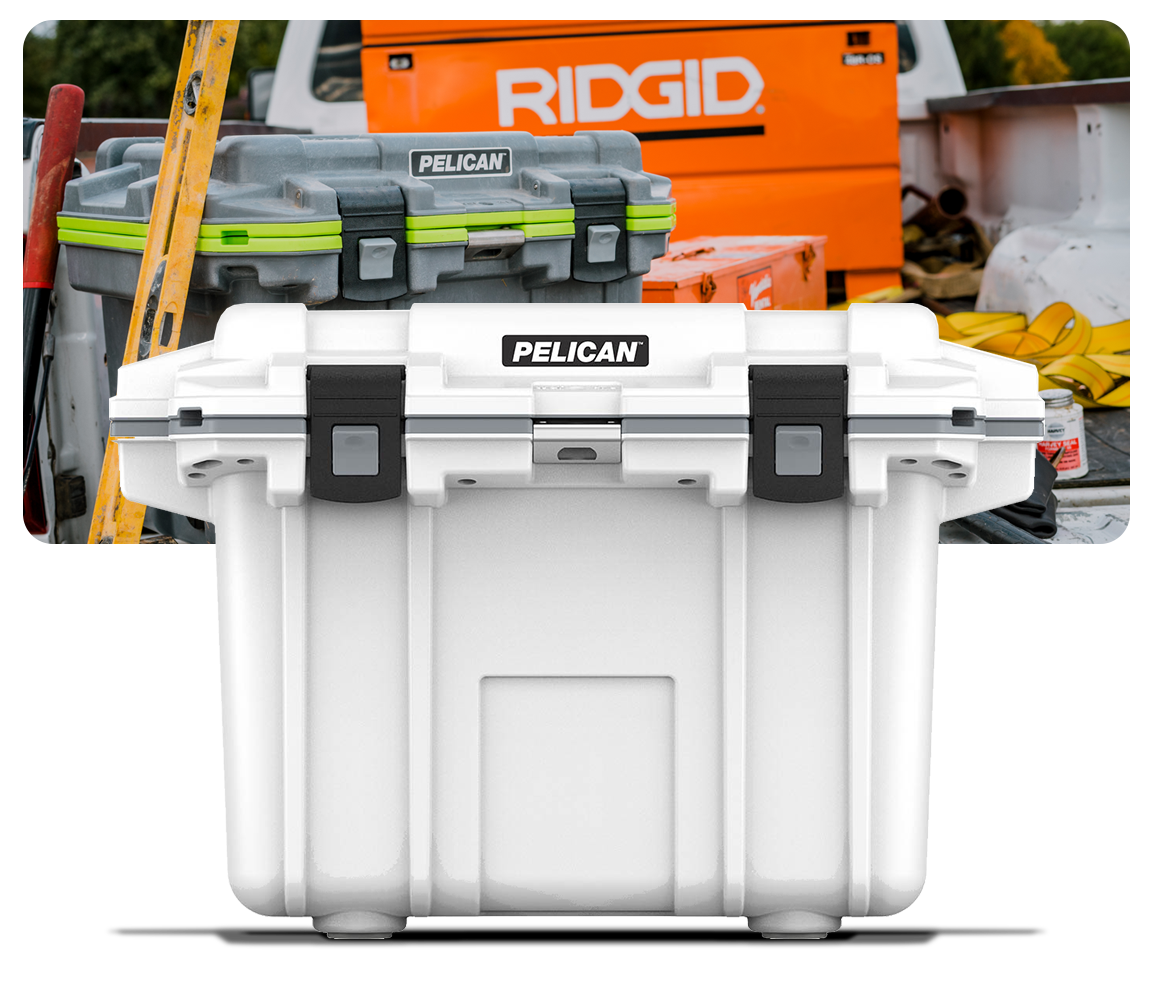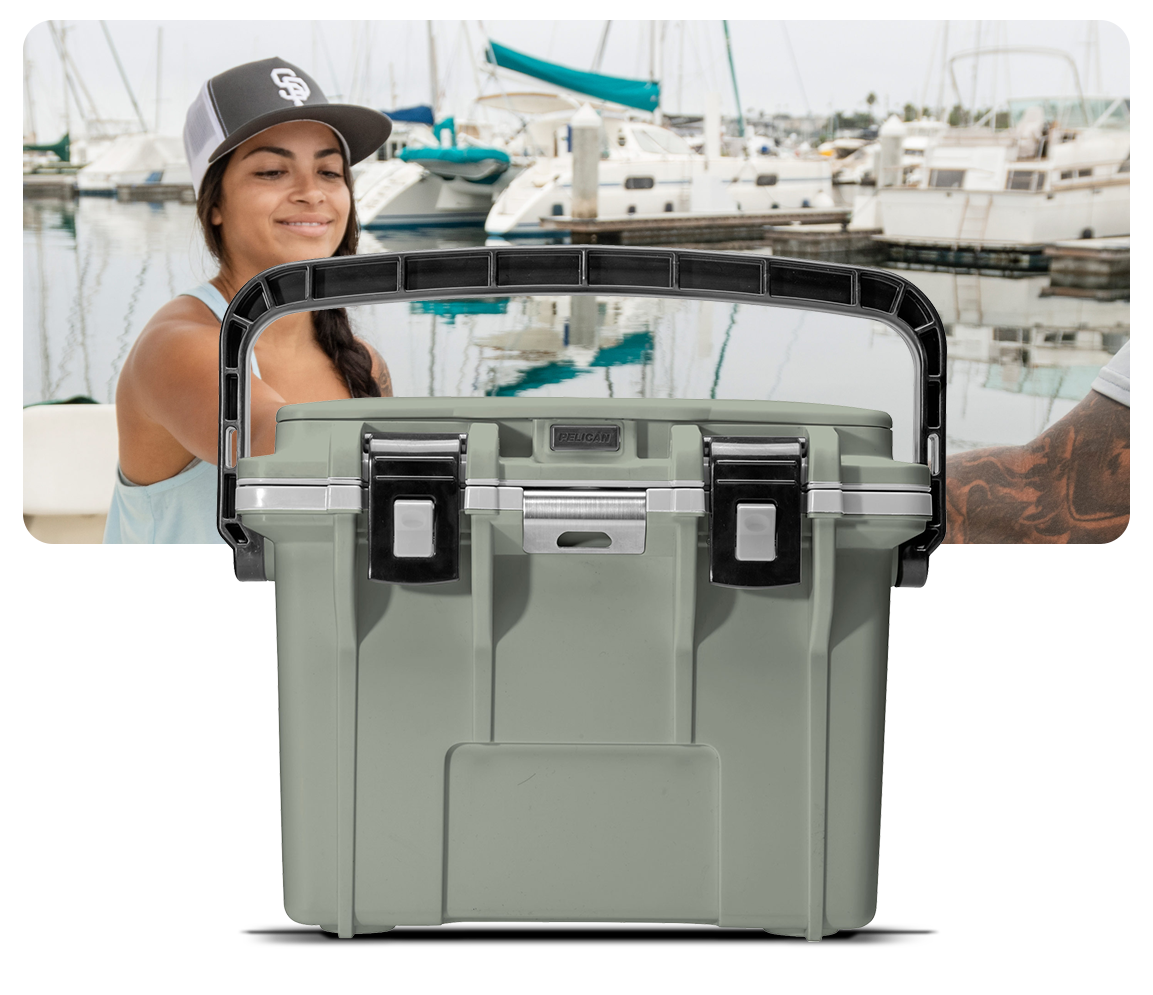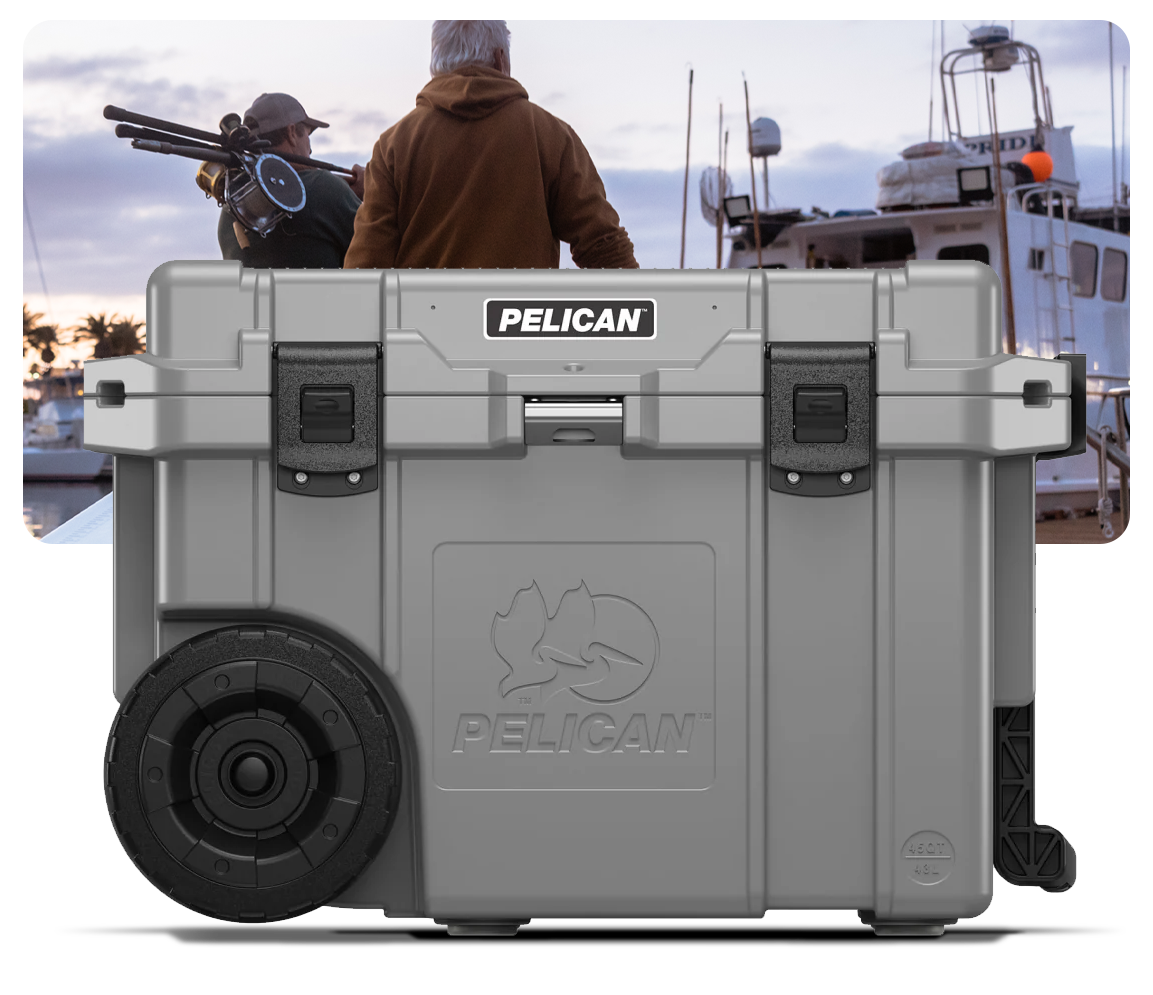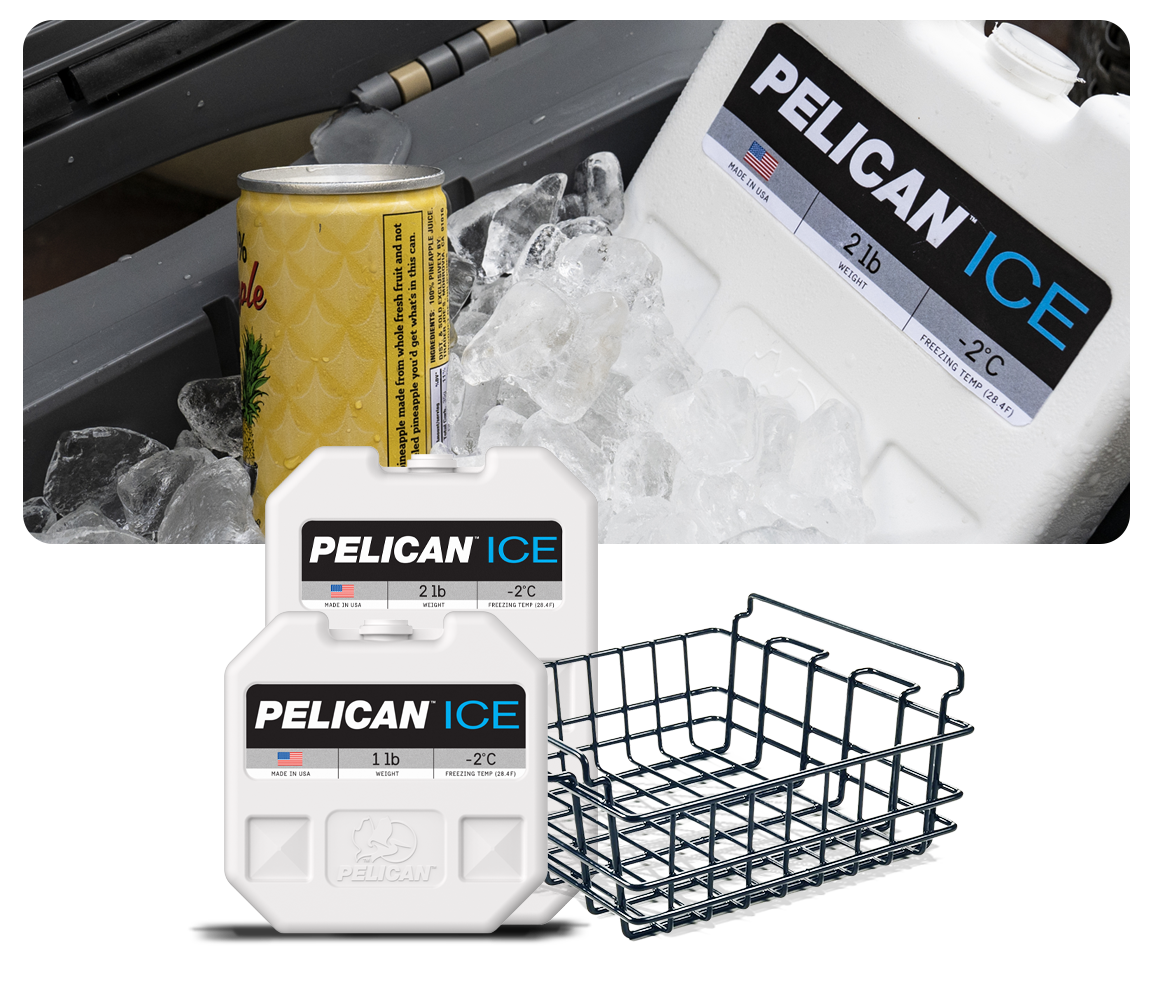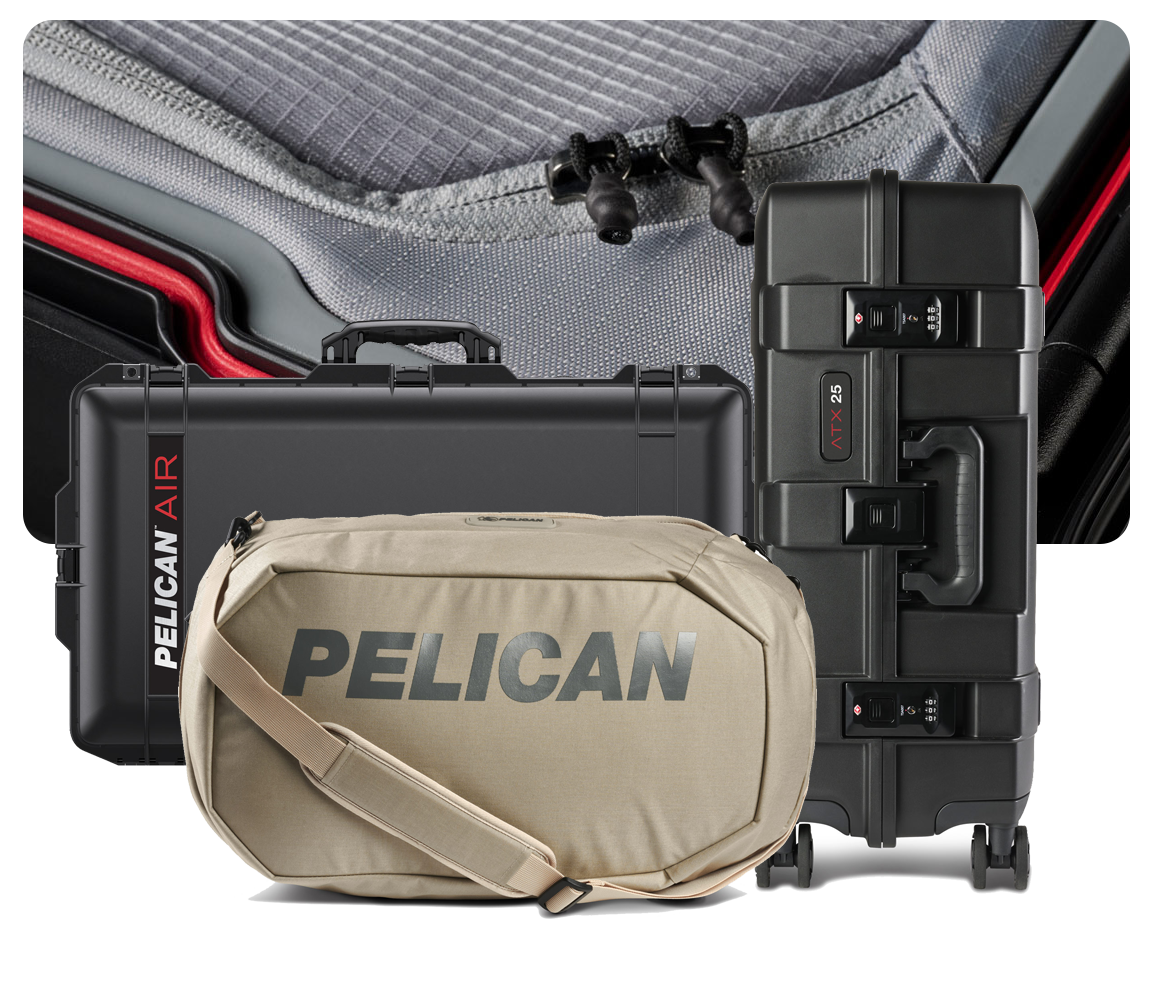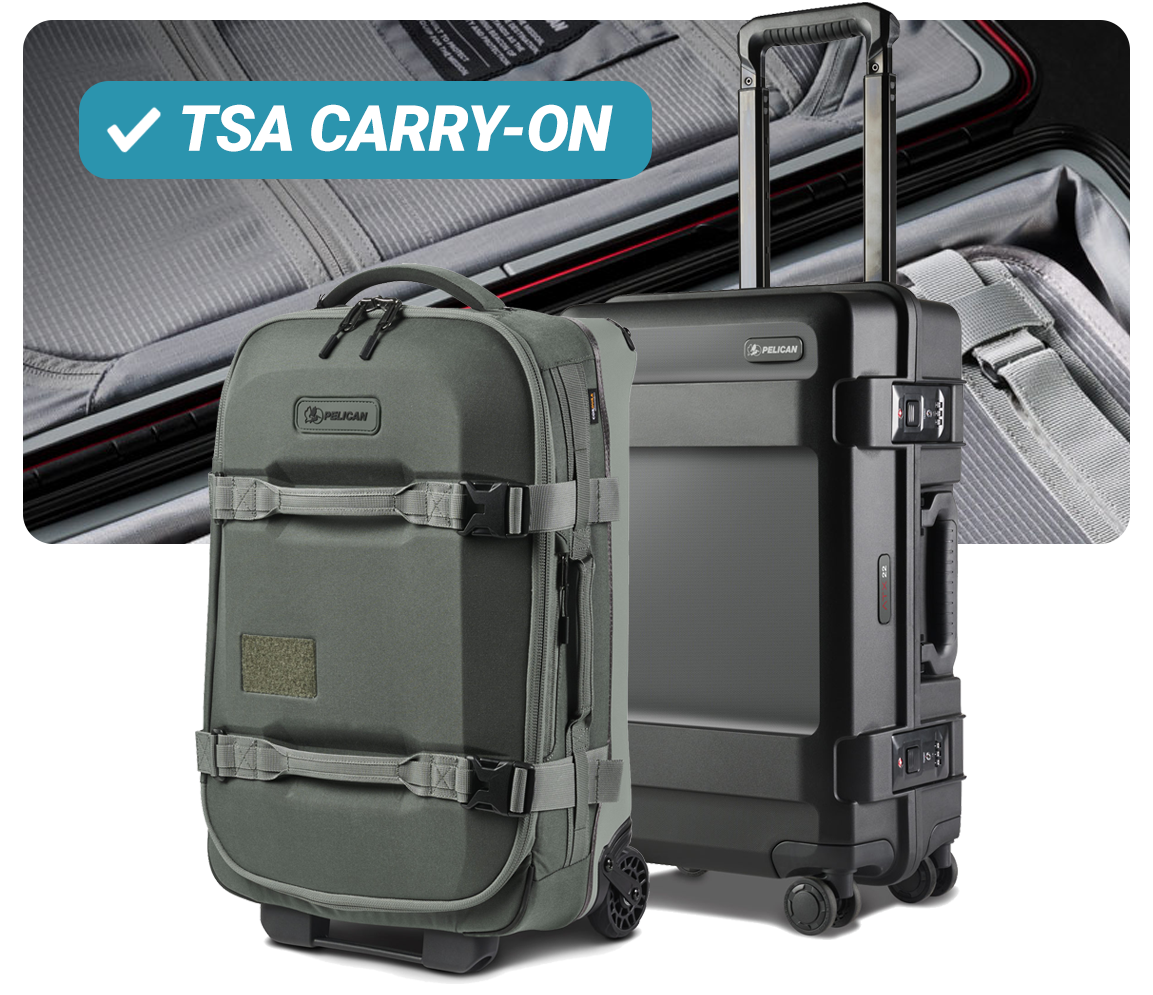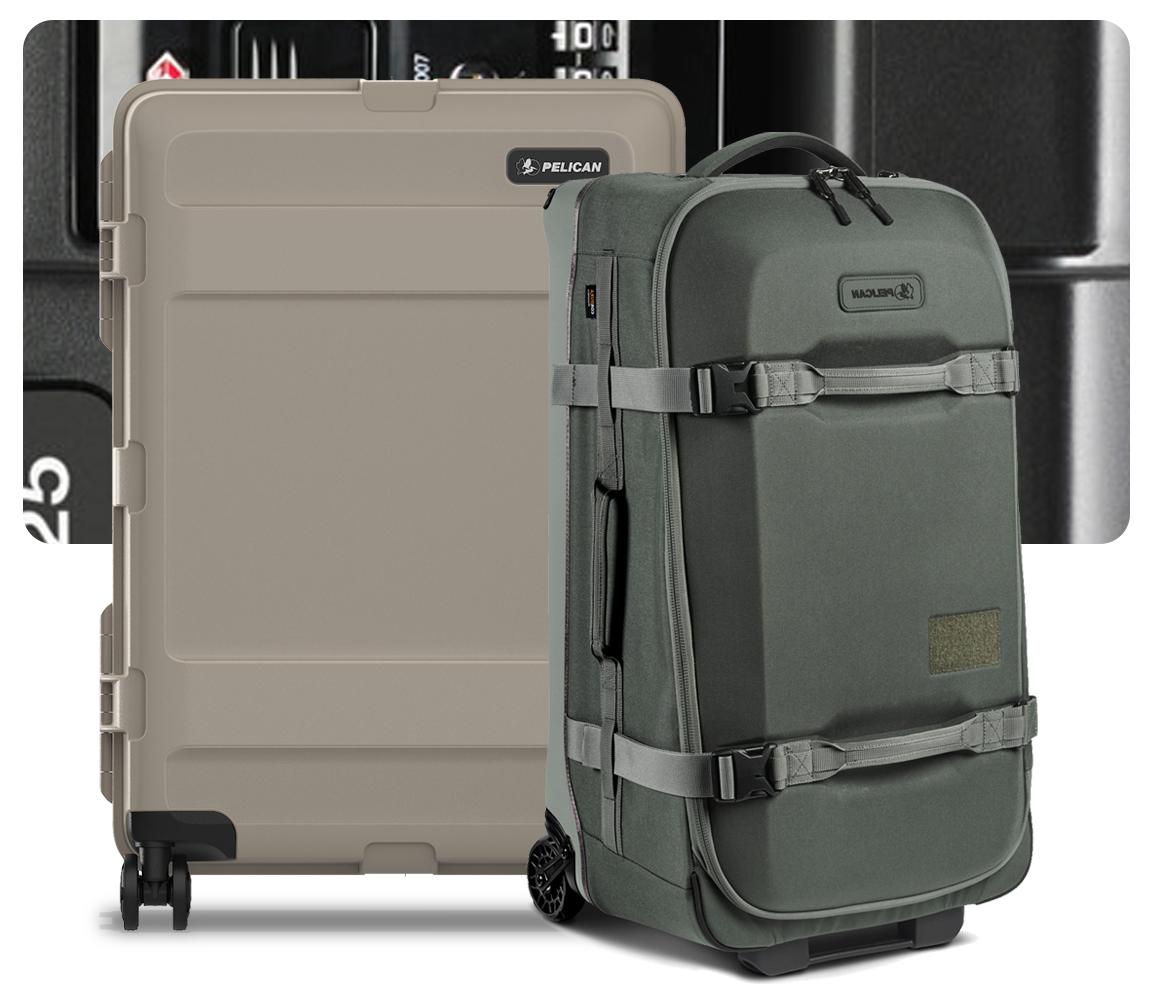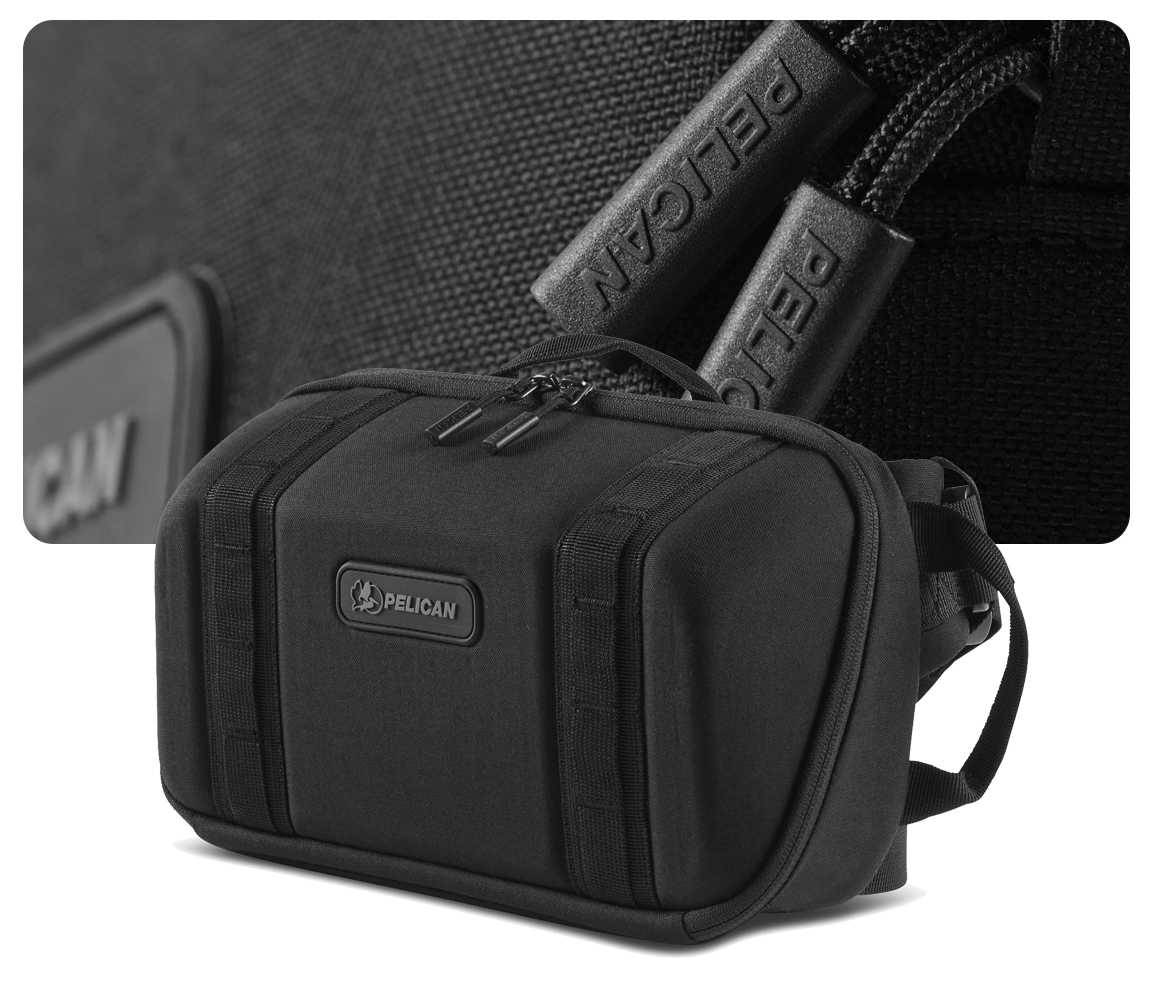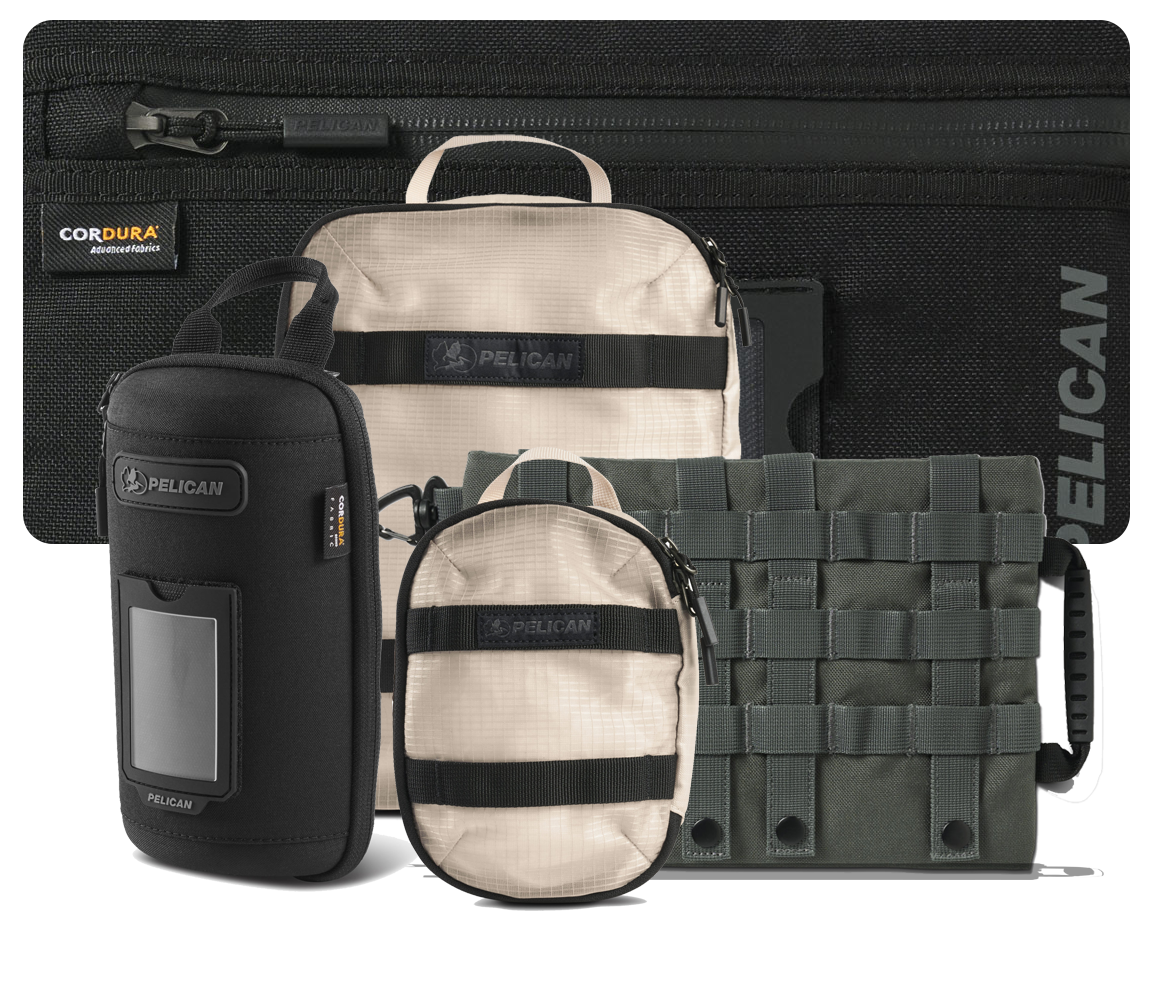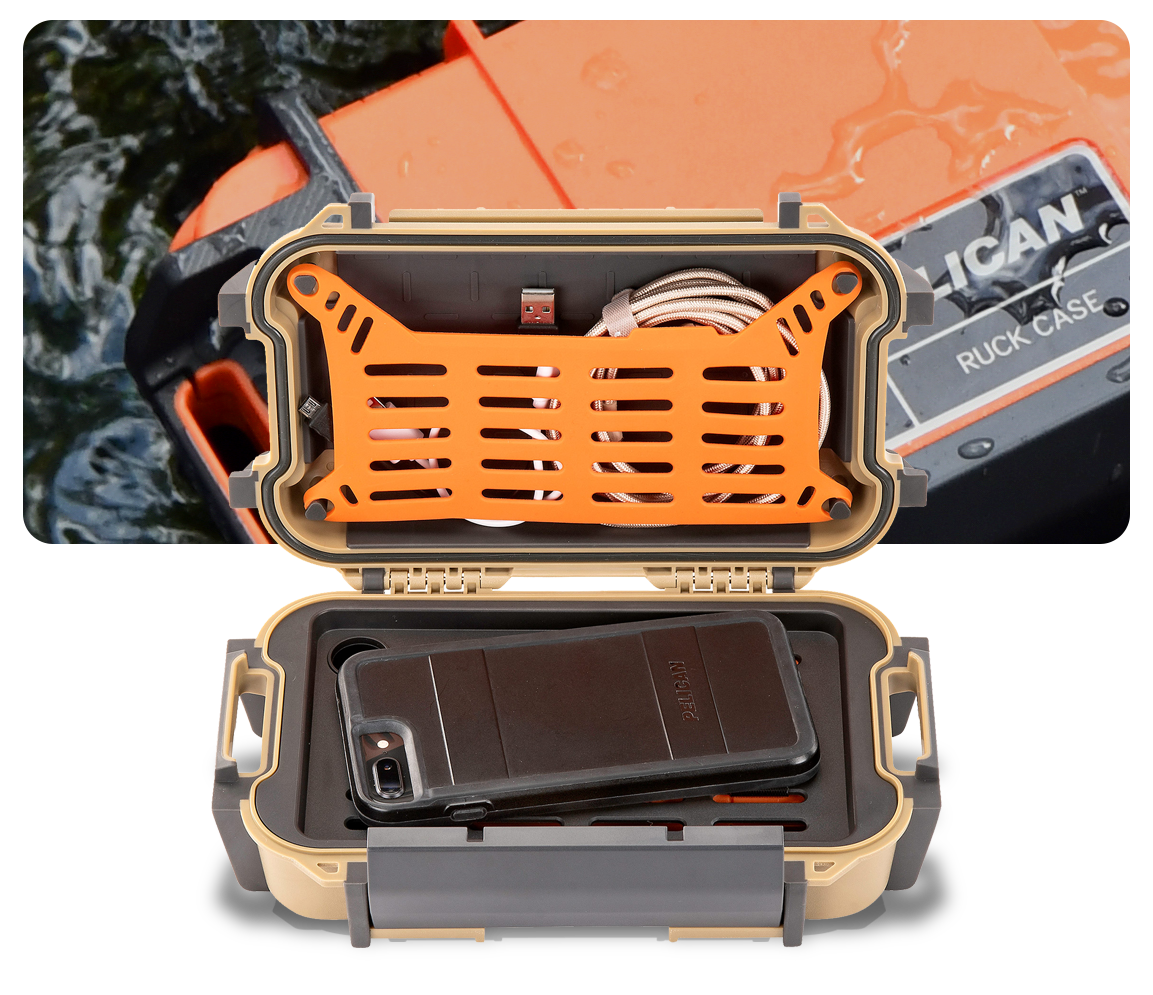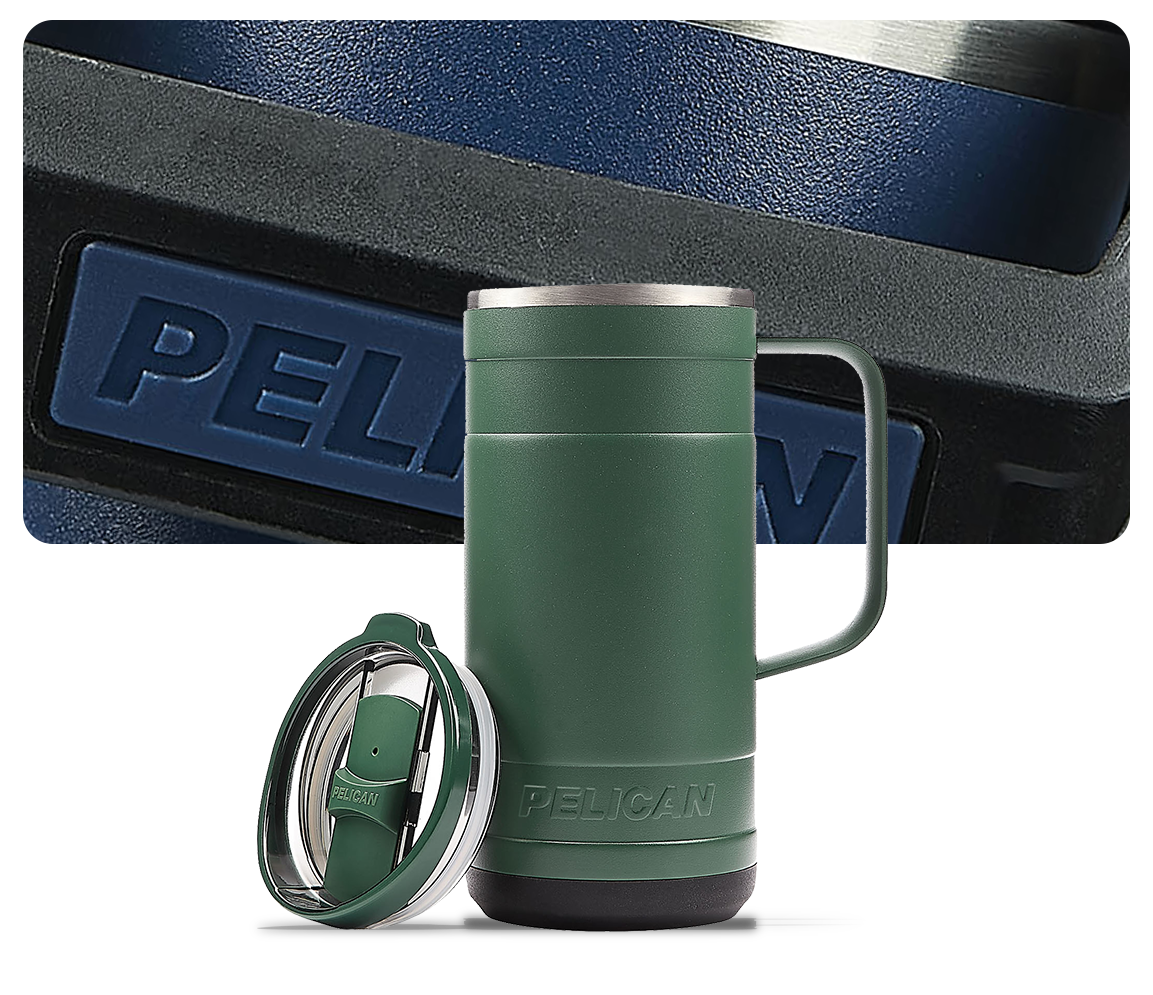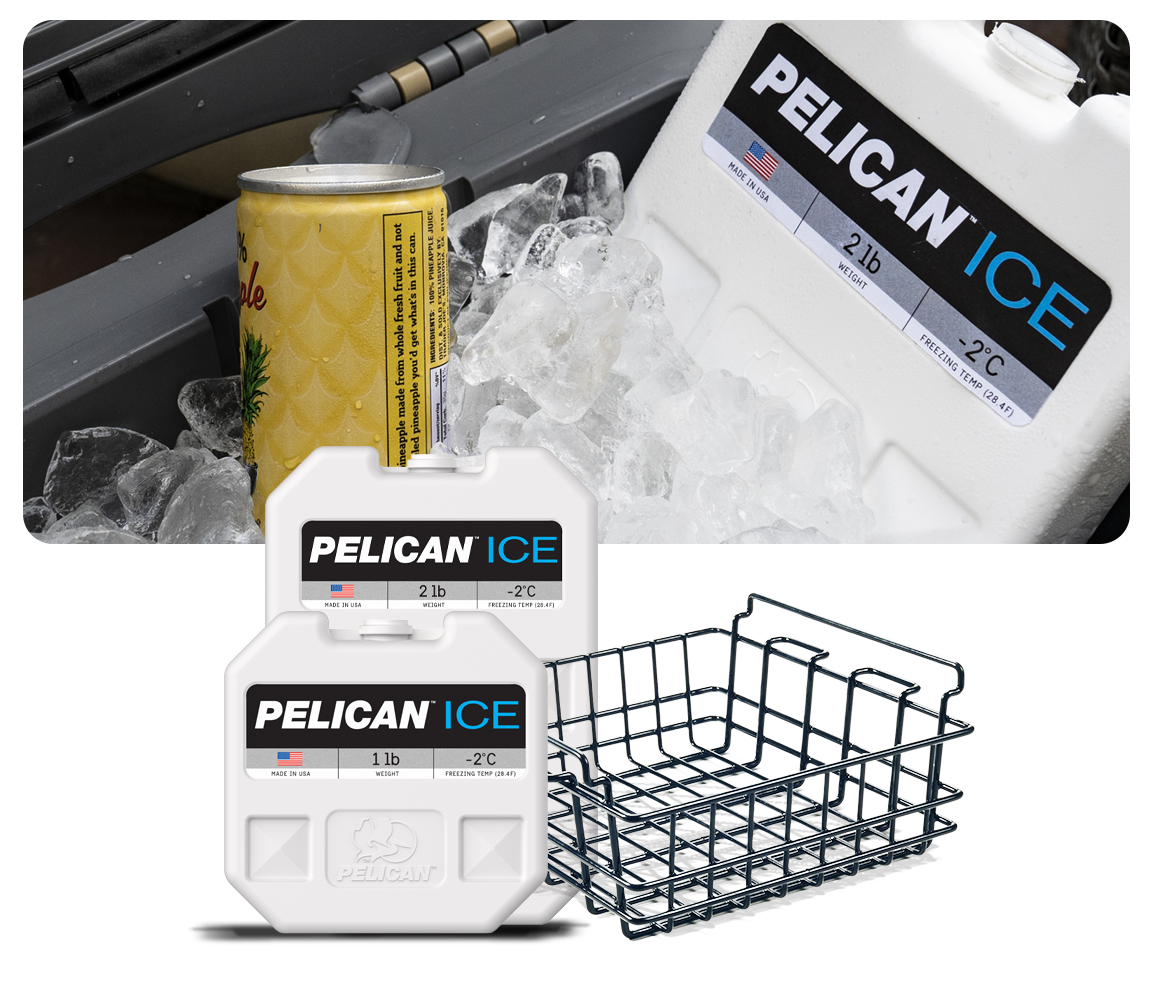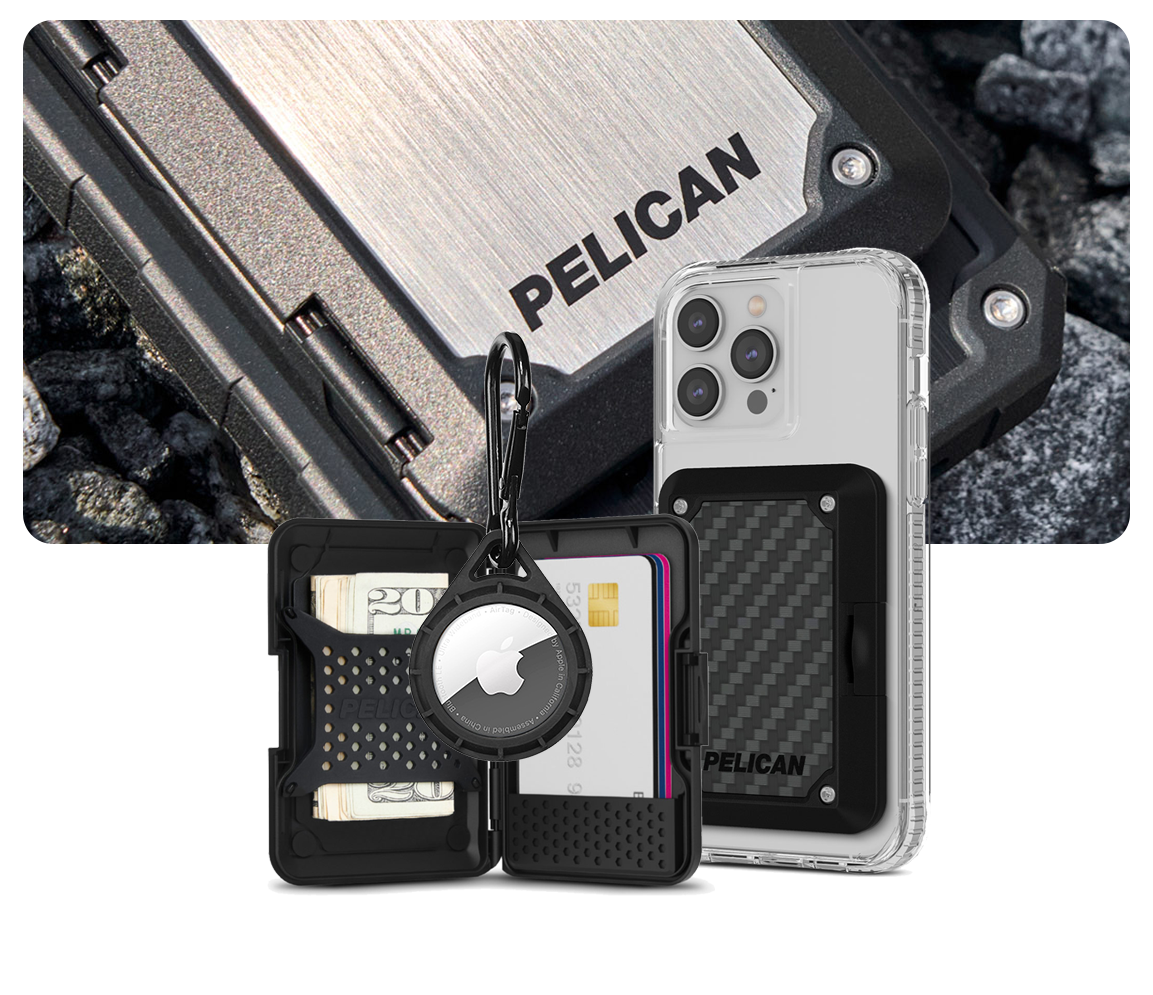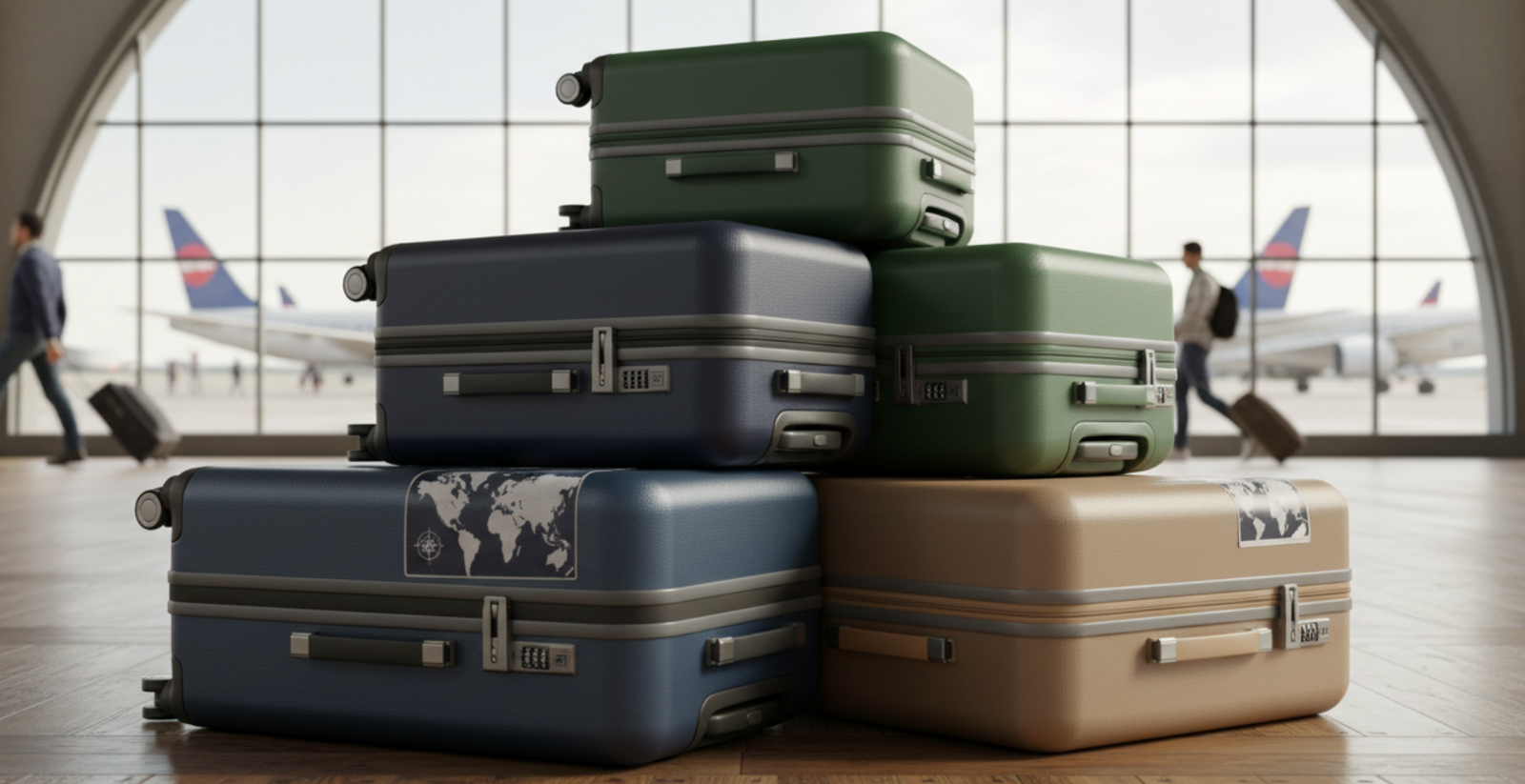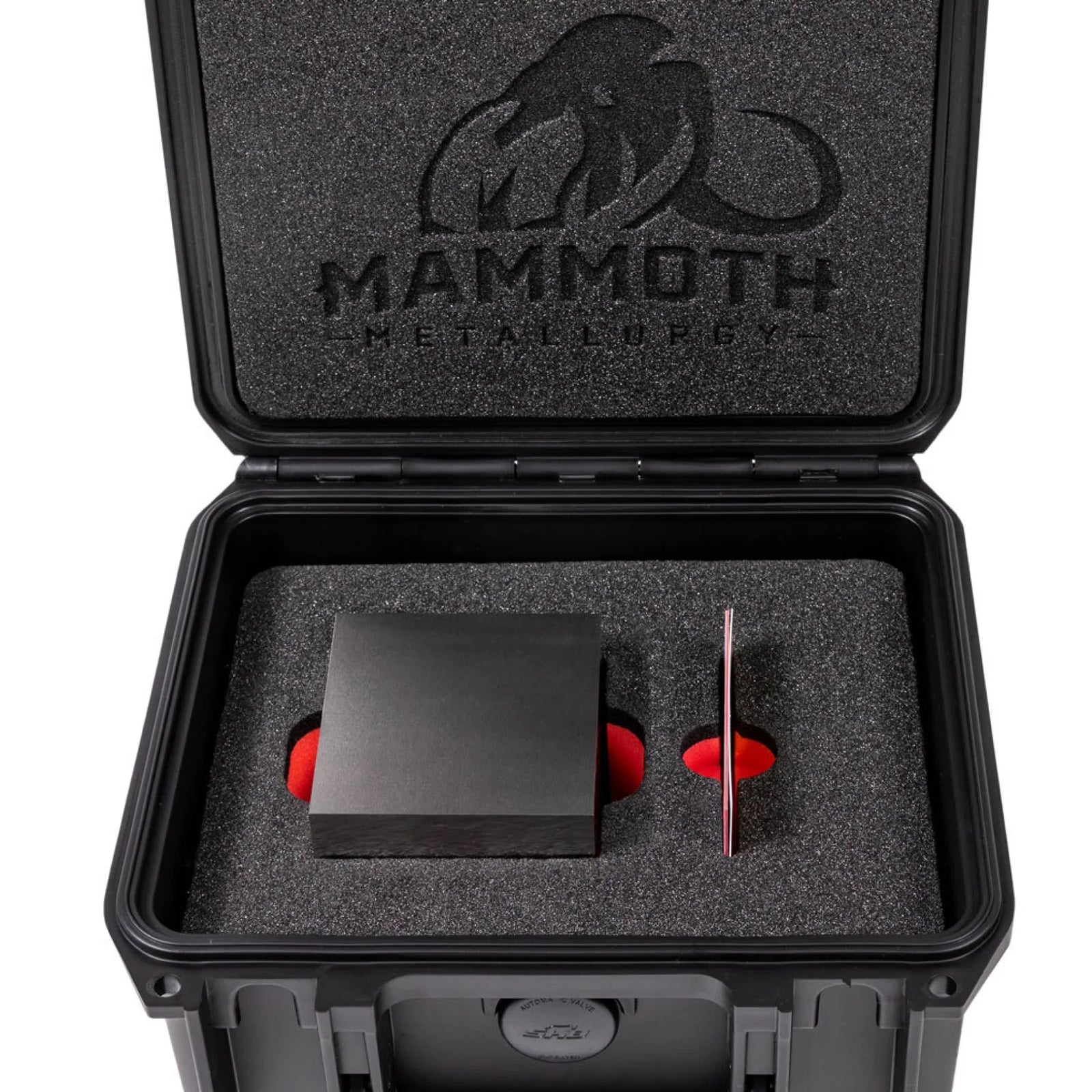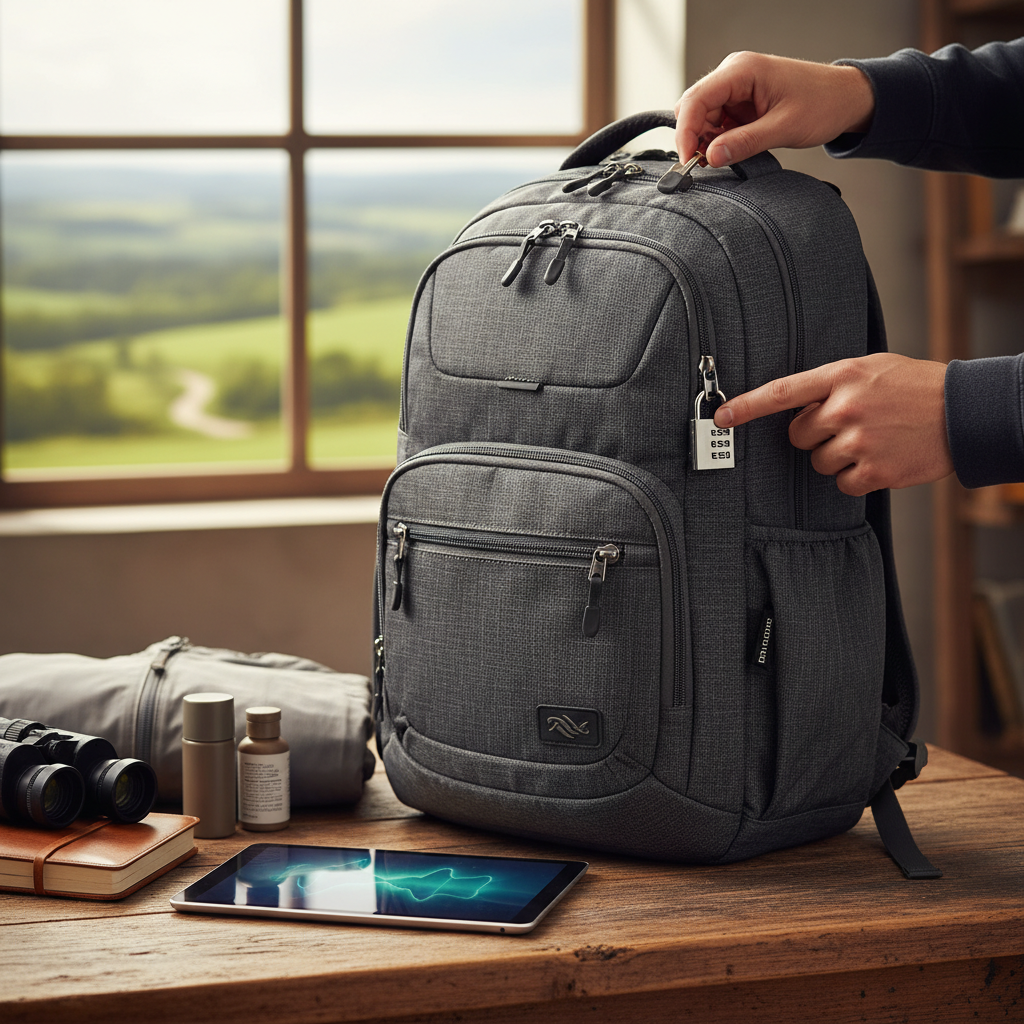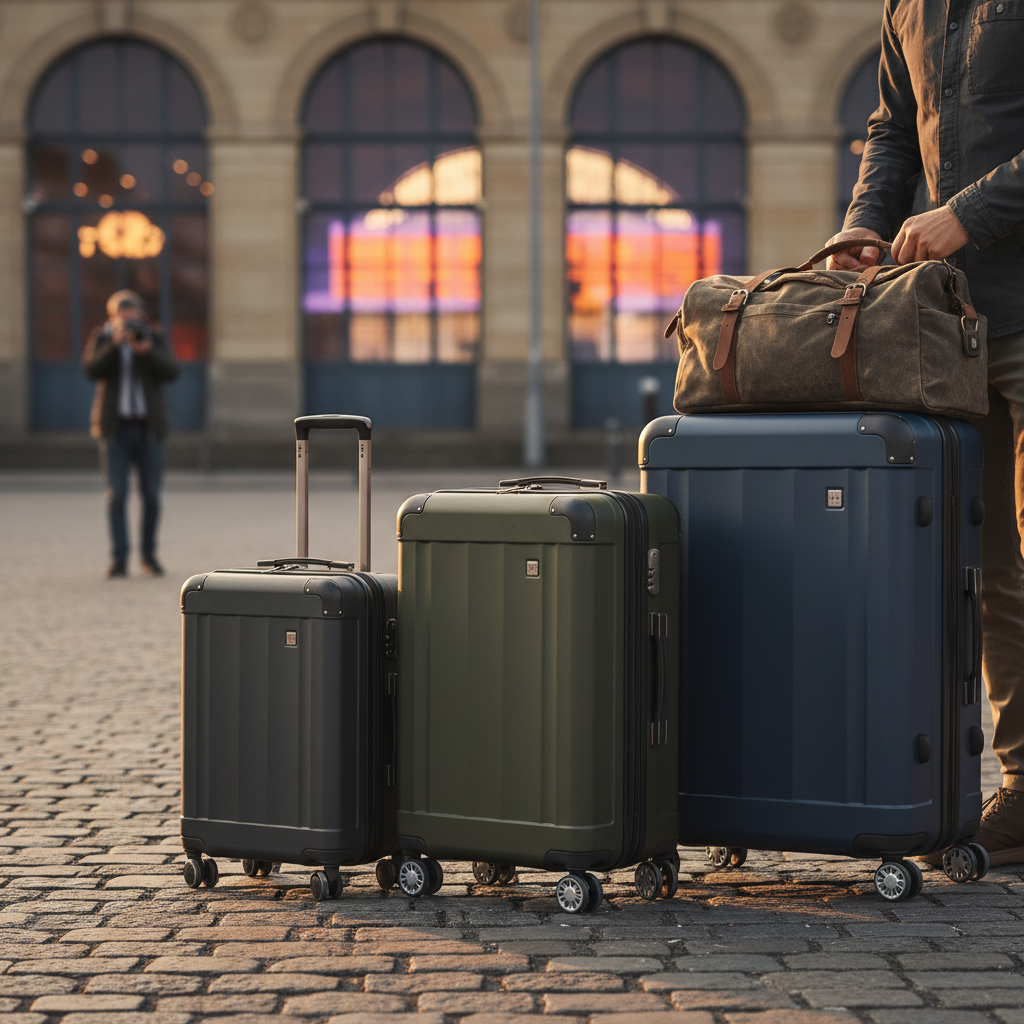Quick Summary / Key Takeaways
- Polycarbonate offers the best balance of durability and flexibility for most travelers. It resists dents better than ABS.
- Look for essential features like double spinner wheels, TSA-approved locks, and a well-organized interior for optimal functionality.
- Hardshell luggage is usually a bit heavier. But it offers better protection for fragile items and resists weather well.
- Investing in a trusted brand usually offers a better warranty. You also get higher-quality parts and long-lasting reliability for your hardshell case.
- Regular cleaning and storing in a dust bag can extend the life and look of your hardshell luggage.

Introduction
Do you remember that sinking feeling when you saw your suitcase on the baggage carousel? It’s scuffed and battered, like it’s been through a wrestling match with a grizzly. For years, I felt that way until I switched to hardshell luggage. It wasn’t just about looks; it gave me peace of mind. I knew my laptop, fragile souvenirs, and neatly packed clothes would arrive just as I packed them.
Hardshell luggage isn’t just a trend. It’s a smart choice for travelers who want durability, security, and a sleek look. The days of flimsy plastic are over. Today’s hardshell cases use advanced materials. They offer surprising flexibility and incredible protection. With so many options—polycarbonate, ABS, aluminum, polypropylene—how do you pick the right one?
This guide will clear up the confusion. We’ll share expert insights from miles traveled and bags tested. We’ll explore the science behind these tough shells, explain features, and help you choose a travel companion that truly lasts. Think of your hardshell as your personal armored transport for your belongings.
It protects against the bumps and scrapes of travel. This way, you can focus on your adventure, not on the state of your gear.
Hardshell Luggage Material Comparison
| Material | Durability | Weight | Price Point |
|---|---|---|---|
| Polycarbonate | High resilience; dent-resistant | Medium | Mid-High |
| ABS | Good impact resistance; brittle in cold | Light | Budget-Mid |
| Aluminum | Extremely tough; scratch/dent-prone | Heavy | High-Premium |
| Polypropylene | Very light; flexible, impact-resistant | Very Light | Mid-Range |
Essential Hardshell Luggage Features Checklist
| Feature | Benefit | Consideration | Travel Impact |
|---|---|---|---|
| Double Spinner Wheels | Effortless 360° mobility | Quality bearings reduce drag | Smoother airport navigation |
| TSA-Approved Lock | Secure contents, easy inspection | Ensure combo reset ability | Peace of mind at security |
| Expandable Zipper | Adds packing capacity | May compromise rigidity | Versatility for extra souvenirs |
| Interior Organization | Dedicated compartments | Look for compression straps | Tidy packing, reduced wrinkles |
Application Preparation Checklist
- Research material types (polycarbonate, ABS, aluminum, polypropylene) for your travel needs.
- Check for high-quality double spinner wheels and a sturdy, multi-stage telescopic handle.
- Verify the presence of an integrated TSA-approved lock for security and inspection access.
- Evaluate interior organization, including dividers, compression straps, and accessory pockets.
Post-Arrival Checklist
- Clean the exterior with a mild soap solution and soft cloth after each trip to remove dirt and scuffs.
- Inspect wheels and handles for any wear or damage. Address minor issues promptly to prevent escalation.
- Store your hardshell luggage in a cool, dry place, ideally in a dust bag, to protect it between uses.
-
Avoid overpacking. It can stress the zippers and shell. This helps keep the bag strong.
Table of Contents
Section 1: Understanding Hardshell Materials
- What are the primary types of hardshell luggage materials?
- How does polycarbonate luggage compare to ABS in terms of durability?
- Is aluminum luggage worth the higher price point?
- What is polypropylene, and how does it perform as a hardshell material?
Section 2: Key Features and What to Look For
- What are the essential features to look for in hardshell luggage?
- Why are double spinner wheels considered superior?
- Are integrated TSA locks truly secure, and how do they work?
- When is an expandable hardshell suitcase a good choice?
- What interior organization features are most beneficial in hardshell luggage?
Section 3: Care, Maintenance, and Longevity
- How should I clean my hardshell luggage after a trip?
- What steps can extend the lifespan of my hardshell suitcase?
- Is hardshell luggage repairable, or should I replace damaged pieces?
Section 4: Making the Right Choice
- How do I choose the right size hardshell suitcase for my travel needs?
- What's the typical weight difference between hardshell and softshell luggage?
- When is hardshell luggage the better option compared to softshell?
Frequently Asked Questions
Section 1: Understanding Hardshell Materials
FAQ 1: What are the primary types of hardshell luggage materials?
The main types of hardshell luggage materials are polycarbonate, ABS (Acrylonitrile Butadiene Styrene), aluminum, and polypropylene. Each has unique benefits for durability, weight, 56and cost. Polycarbonate is flexible and impact resistant. ABS is lighter and cheaper but less durable. Aluminum offers top protection and a premium feel, but it’s heavier and may dent easily. Polypropylene strikes a good balance between lightness and flexibility.
FAQ 2: How does polycarbonate luggage compare to ABS in terms of durability?
Polycarbonate luggage is much tougher and more flexible than ABS. This makes it better at resisting dents and cracks. ABS is a lighter, budget-friendly thermoplastic. It can become brittle and crack easily, especially in cold weather or under heavy stress. Polycarbonate, a high-performance plastic, has great elasticity and absorbs impact well. It can flex and return to shape without lasting damage.
FAQ 3: Is aluminum luggage worth the higher price point?
Yes, an aluminum luggage can be worth the higher price for travelers who want security, strong protection for fragile items, and a classic style. Aluminum cases are heavier and can dent or scratch easily. However, they offer great strength and often include advanced locks. They are durable and protect against harsh conditions. This makes them a smart choice for business or luxury travel.
FAQ 4: What is polypropylene, and how does it perform as a hardshell material?
Polypropylene is a lightweight, flexible, and impact-resistant thermoplastic. It offers a balance of durability and minimal weight for hardshell luggage. It's often lighter than both polycarbonate and ABS. This is great for avoiding airline weight limits. It also offers strong protection against bumps and drops. Its superior flexibility allows it to absorb shocks without cracking. This makes it a great choice for frequent travelers.
Section 2: Key Features and What to Look For
FAQ 5: What are the essential features to look for in hardshell luggage?
The essential features to look for in hardshell luggage include:
-
High-quality spinner wheels
-
TSA-approved lock
-
A sturdy telescopic handle
-
Efficient interior organization system.
Smooth double spinner wheels allow easy maneuverability. A built-in TSA lock adds security and lets customs inspect without damage. A strong, multi-stage handle prevents wobbling. Organized compartments, often with compression straps, keep belongings tidy and secure.
FAQ 6: Why are double spinner wheels considered superior?
Double spinner wheels are better. They offer more stability, smoother rolling, and true 360-degree movement. This is an advantage over single spinner wheels or fixed wheels. Each suitcase corner usually has two wheels. This helps distribute weight evenly and eases strain on each wheel. This dual-wheel design lets luggage glide easily in any direction. It makes navigating busy airports or rough pavements much simpler and reduces arm fatigue.
FAQ 7: Are integrated TSA locks truly secure, and how do they work?
Yes, integrated TSA locks are secure. They provide solid security for your belongings by stopping casual theft. Only you and TSA agents can open your luggage without causing damage. These locks are built directly into the suitcase frame and use a combination set by the owner. TSA agents have a universal master key that can open these specific locks for inspection. They relock them afterwards without needing your combination or damaging the bag.
FAQ 8: When is an expandable hardshell suitcase a good choice?
An expandable hardshell suitcase is great when you need to carry extra items. It’s perfect for souvenirs or unexpected purchases. You won’t have to choose a bigger bag right away. The expansion zipper adds 1-2 inches of depth. This gives you 15-25% more packing volume. It’s perfect for trips when you need extra space on the way back. This feature is great for travelers who mix business and leisure. It’s also perfect for those who like shopping while overseas.
The best features for organizing inside hardshell luggage include:
-
Zippered dividers
-
Compression straps
-
Pockets for smaller items.
Zippered dividers separate the shell's two halves. They keep contents secure, prevent shifting, and provide privacy. Compression straps help cinch down clothing, maximizing space and minimizing wrinkles. Extra pockets help organize toiletries, electronics, or dirty laundry. They make sure everything has a place.
Section 3: Care, Maintenance, and Longevity
FAQ 10: How should I clean my hardshell luggage after a trip?
To clean your hardshell luggage after a trip, wipe the outside with a damp cloth and mild soap. Then, dry it well to avoid streaks and water spots. For stubborn scuffs or marks, a magic eraser or a diluted alcohol solution can be effective. Always test on an inconspicuous area first. The interior can be vacuumed or wiped with a damp cloth. Air-dry any fabric linings completely. This helps prevent mildew before you close the suitcase.
FAQ 11: What steps can extend the lifespan of my hardshell suitcase?
To make your hardshell suitcase last longer, don't overstuff it. Clean it often and store it properly. Overpacking stresses the zippers and shell. This can cause cracks or seam separation. Regular cleaning stops dirt buildup. Store your suitcase in a dust bag in a cool, dry place. This protects it from damage and dust. Also, check the wheels and handles for wear after each trip. This helps catch minor issues before they turn into big problems.
FAQ 12: Is hardshell luggage repairable, or should I replace damaged pieces?
Hardshell luggage can often be repaired for common problems, like broken wheels, handles, or zippers. This is easier if the brand provides spare parts or has a warranty. Many manufacturers provide repair services or replacement components. This makes it more sustainable and cost-effective than immediate replacement for minor damage. Significant cracks in the shell, especially at stress points, are often hard or impossible to fix. This usually means you need to replace it.
Section 4: Making the Right Choice
FAQ 13: How do I choose the right size hardshell suitcase for my travel needs?
To pick the best size hardshell suitcase, think about how long your trip is, the airline's carry-on rules, and how you like to pack. For short trips (1-3 days), a 20- to 22-inch carry-on is ideal. Mid-sized 24- to 27-inch checked bags are good for trips lasting 3-7 days. Large 28- to 32-inch checked bags work best for longer trips or when you're with others.
Check your airline's specific size limits for carry-on and checked bags. They can differ.
FAQ 14: What's the typical weight difference between hardshell and softshell luggage?
The weight difference between hardshell and softshell luggage has become smaller. Hardshells are a bit heavier due to their rigid design. Modern hardshells are made from lightweight polycarbonates or polypropylene. Carry-ons weigh between 4.5 and 6 lbs. Softshell bags, especially lighter ones, can be one or two pounds lighter. But this difference is minor compared to the added protection that hardshells offer.
FAQ 15: When is hardshell luggage the better option compared to softshell?
A hardshell luggage is the best choice compared to softshell when you need to protect fragile items. It offers better security against theft and resists moisture. The rigid shell acts as a strong barrier. It safeguards your electronics, delicate souvenirs, or liquids from impact and crushing. Its smooth, non-porous surface offers better water resistance and is easier to clean. Integrated locks provide a layer of security that softshell bags often lack.
your trips.

